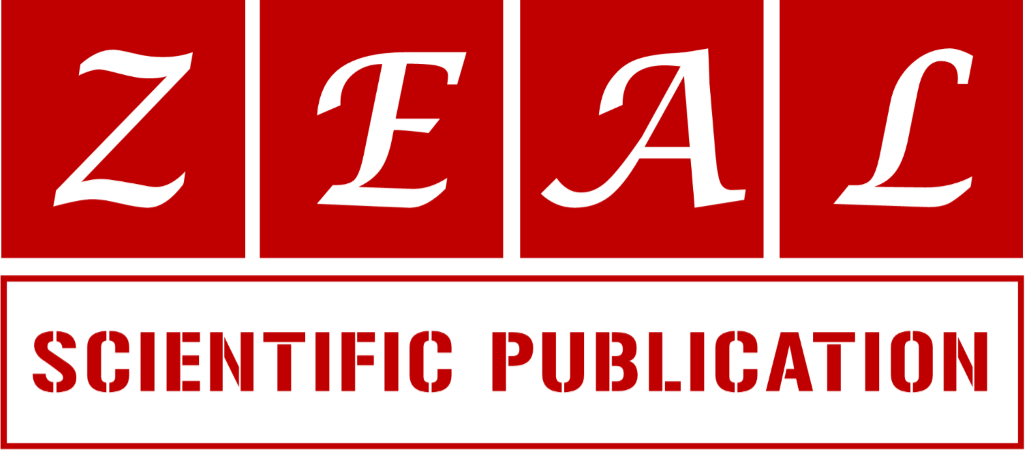‘Mutual Prodrug’ and approach to increase the effectiveness of Non-Steroidal Anti-inflammatory Drugs
Faculty of Pharmacy, Bhupal Noble’s University, Udaipur (Rajasthan) 313001, India.
Review
World Journal of Biological and Pharmaceutical Research, 2021, 01(01), 035–045
Article DOI: 10.53346/wjbpr.2021.1.1.0011
Publication history:
Received on 27 December 2020; revised on 20 May 2021; accepted on 24 May 2021
Abstract:
A clinically useful drug may have limitations in practice because of undesirable side effects, poor solubility, and poor bioavailability, short duration of action, first-pass effect, poor absorption & adverse effects. There are increased efforts in research to increase the therapeutic efficacy of drugs by eliminating or minimizing the undesirable properties of drug molecules. Some of the problems can be solved using a formulation development approach but in some cases, chemical modification in the molecule is necessary to correct the pharmacokinetic parameters. One of the approaches to convert the existing molecule to a more efficient molecule is prodrug design. Mutual Prodrug is the molecule in which an active drug molecule is attached to a carrier molecule having pharmacological activity. So a mutual prodrug consists of two pharmacologically active molecules connected by a bio labile linkage. Both molecules in this act as a pro moiety of each other. The design of mutual prodrug is very fruitful in the area of research & has given successful results in increasing the clinical & therapeutic effectiveness of the drugs. The present article takes a review of various applications of mutual prodrugs & development in this field in the last few decades.
Keywords:
NSAIDs; Side effects; Prodrug; Mutual prodrug
Full text article in PDF:
Copyright information:
Copyright © 2021 Author(s) retain the copyright of this article. This article is published under the terms of the Creative Commons Attribution Liscense 4.0
